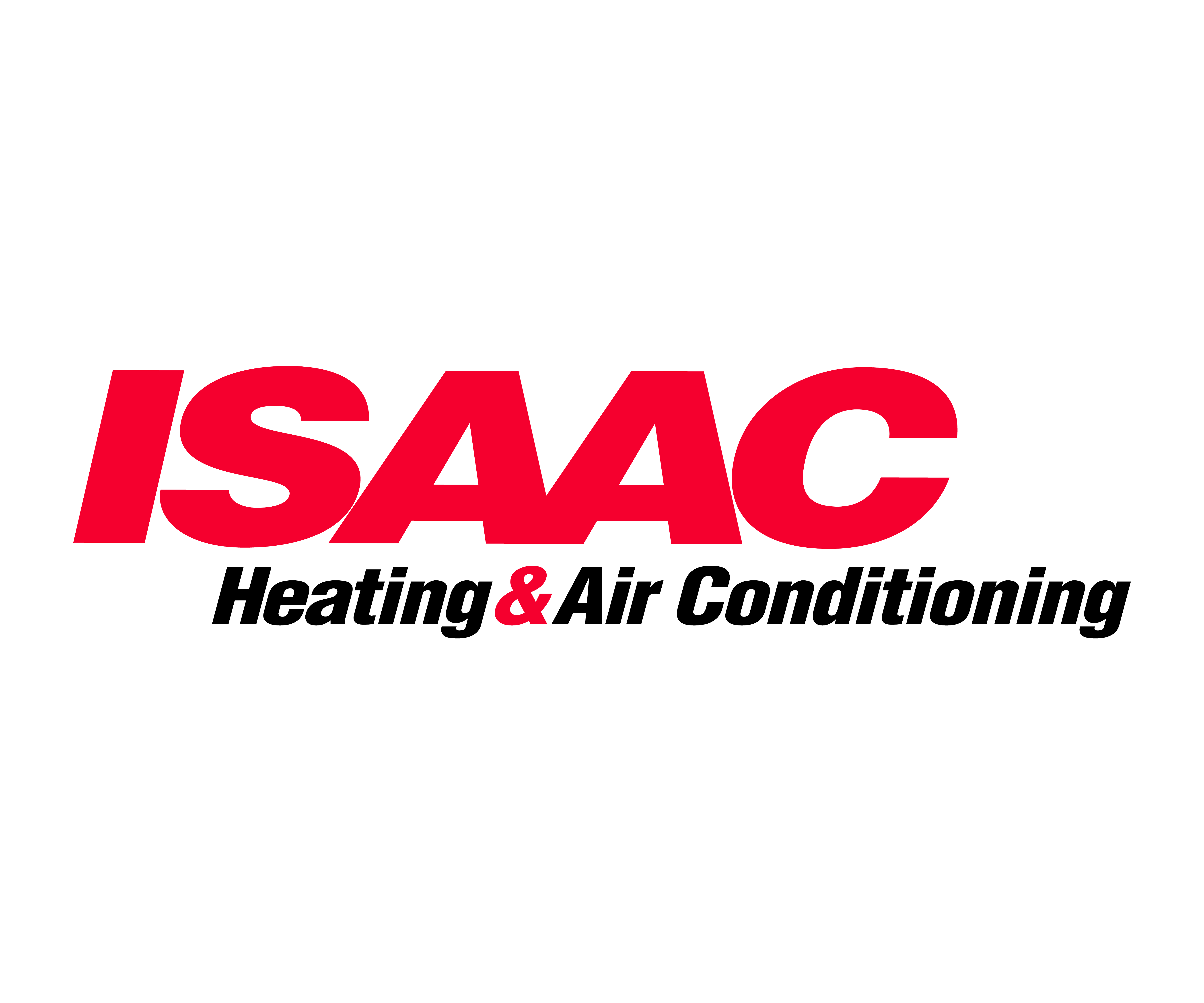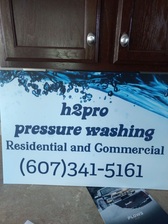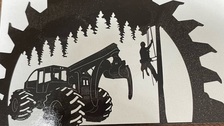
Get matched with top gas log pros in Conklin, NY
Enter your zip and get matched with up to 5 pros
Need a pro for your gas log service project in Conklin, NY?
Verified Reviews for Gas Log Service pros in Conklin, NY
*The Angi rating for Gas Log Service companies in Conklin, NY is a rating based on verified reviews from our community of homeowners who have used these pros to meet their Gas Log Service needs.
*The HomeAdvisor rating for Gas Log Service companies in Conklin, NY is a rating based on verified reviews from our community of homeowners who have used these pros to meet their Gas Log Service needs.
Last update on December 10, 2025
Find Gas log pros in Conklin

Shamrock Maintenance Corp.
Shamrock Maintenance Corp.
Serving the Tri-State Area, Shamrock Chimney will provide you with a dedicated approach to ensure your chimney is kept clean and safe. Our team provides chimney solutions for every problem, protecting homes from dangers of leaking chimneys and flues. Call us today to schedule your next appointment.
"Shamrock was fantastic to work with! The crew showed up right on time, were super friendly, and did a great job cleaning and checking my chimney. They explained what they were doing in simple terms and made the whole process stress-free. I’ll definitely be calling them again and recommending them to friends and family."
Michael H on September 2025
Serving the Tri-State Area, Shamrock Chimney will provide you with a dedicated approach to ensure your chimney is kept clean and safe. Our team provides chimney solutions for every problem, protecting homes from dangers of leaking chimneys and flues. Call us today to schedule your next appointment.
"Shamrock was fantastic to work with! The crew showed up right on time, were super friendly, and did a great job cleaning and checking my chimney. They explained what they were doing in simple terms and made the whole process stress-free. I’ll definitely be calling them again and recommending them to friends and family."
Michael H on September 2025

Chimneys R Us, LLC
Chimneys R Us, LLC
We pride our company on reliability, great communication, integrity and quality work. We are experts in our trade and will do our best to keep you as educated as we can on your particular task or project. We look forward to earning your business!
"I called for a free estimate, Justin came promtly and inspected the chimey. He showed me pictures of the problems and spelled out all the options. I explained to him that my cellar has floode due the problems and was anxious to get the repairs done. Justin quoted a price that was fair and much lower then any other estimates. To my surprise he said that he could do the job that day. He kept sending me pictures as the work progressed so I knew exactlywhat he was doing. He was professional and honest about what needed to be done. I was more then pleased with him and the company. I highly recommend .Chimneys are us."
Andrea R on March 2024
We pride our company on reliability, great communication, integrity and quality work. We are experts in our trade and will do our best to keep you as educated as we can on your particular task or project. We look forward to earning your business!
"I called for a free estimate, Justin came promtly and inspected the chimey. He showed me pictures of the problems and spelled out all the options. I explained to him that my cellar has floode due the problems and was anxious to get the repairs done. Justin quoted a price that was fair and much lower then any other estimates. To my surprise he said that he could do the job that day. He kept sending me pictures as the work progressed so I knew exactlywhat he was doing. He was professional and honest about what needed to be done. I was more then pleased with him and the company. I highly recommend .Chimneys are us."
Andrea R on March 2024

AppliancePartsPros.com
AppliancePartsPros.com
Since 1999, we've helped millions of do-it-yourselfers save money and fix their broken appliances quickly by providing quality appliance parts and free repair advice. We are only an online appliance parts retailer that offers a 365 day warranty and fast shipping. We also offer technical advice and diagnosis totally free 6 days a week. If you are interested in repairing your own appliance, please call us at 1-877-477-7278 or click live chat on our web site. We will help diagnose the problem and provide you with all the necessary information for the repair free of charge. It's better with the Pros!™ Avoid costly service calls - visit us at http://www.appliancepartspros.com
"Beware of shipping issues with this company. Ordered an ice maker installation kit on 10/10/25. Shipping was due no later than 10/20 according to company and FedEx tracking. FedEx tracking showed the package at their facility for 8 days without moving beginning on 10/15. Called FedEx 3 times. Each time they said they cannot find package and I have to contact shipper. Shipper has to make a claim, they will not mark it as lost. Called Appliance Parts Pros twice. Each time they say FedEx has to mark package lost before they will do anything. They also state they have to wait 14 days from them before doing anything because of their contract with FedEx. I don't care about their contract, I want what was ordered and paid for. Just going in circles with them and FedEX. If they shipped after 14 days it would be 22 days from that point, 32 days from the date of order if they shipped it that day. There was a deadline for installing this part before tenants arrive. They did not care, would not m"
Ron R on October 2025
Since 1999, we've helped millions of do-it-yourselfers save money and fix their broken appliances quickly by providing quality appliance parts and free repair advice. We are only an online appliance parts retailer that offers a 365 day warranty and fast shipping. We also offer technical advice and diagnosis totally free 6 days a week. If you are interested in repairing your own appliance, please call us at 1-877-477-7278 or click live chat on our web site. We will help diagnose the problem and provide you with all the necessary information for the repair free of charge. It's better with the Pros!™ Avoid costly service calls - visit us at http://www.appliancepartspros.com
"Beware of shipping issues with this company. Ordered an ice maker installation kit on 10/10/25. Shipping was due no later than 10/20 according to company and FedEx tracking. FedEx tracking showed the package at their facility for 8 days without moving beginning on 10/15. Called FedEx 3 times. Each time they said they cannot find package and I have to contact shipper. Shipper has to make a claim, they will not mark it as lost. Called Appliance Parts Pros twice. Each time they say FedEx has to mark package lost before they will do anything. They also state they have to wait 14 days from them before doing anything because of their contract with FedEx. I don't care about their contract, I want what was ordered and paid for. Just going in circles with them and FedEX. If they shipped after 14 days it would be 22 days from that point, 32 days from the date of order if they shipped it that day. There was a deadline for installing this part before tenants arrive. They did not care, would not m"
Ron R on October 2025
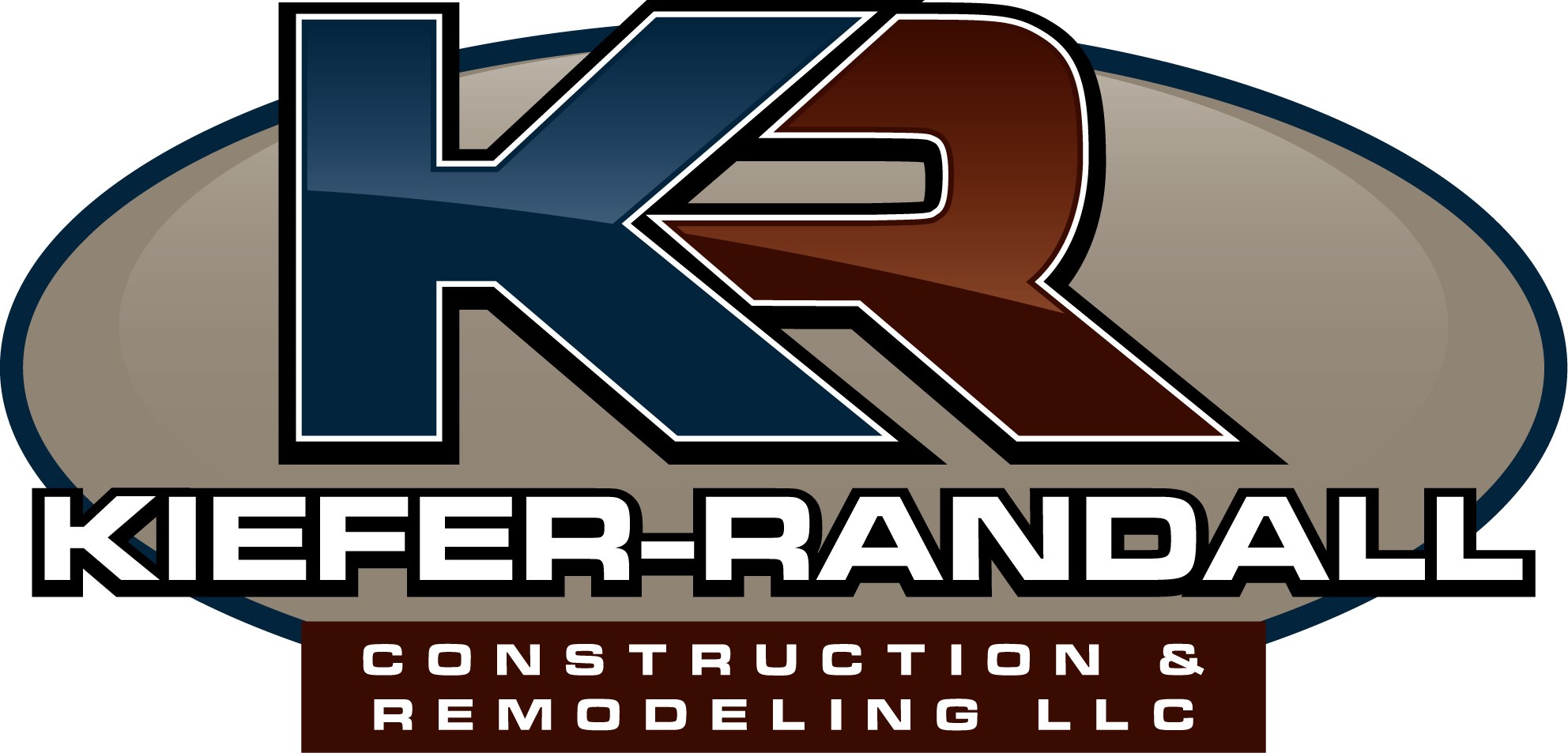
Kiefer-Randall Construction & Remodeling LLC
Kiefer-Randall Construction & Remodeling LLC
Co-owners Tim Kiefer and Jim Randall bring over 38 years of experience in the building and remodeling business as owners, foremen, production manager, estimating and sales, and design and administrative positions. Let us bring our experience, knowledge, multi-year award winning craftsmanship and professionalism into your home as construction company owners and staff that pride ourselves on integrity, treating your home or place of business as if it were our own. Our goal: Raving Fans! Winner of the Binghamton Press and Sun Bulletin's Reader's Choice Award for Best Home Improvement Contractor for 2016. Follow us on Facebook! Additional phone - (607) 321-1631.
"We hired Kiefer Randall (KR) to do a remodel in our basement, which we were told by owner Tim Kiefer would take 3 weeks. The estimate was high, but we went with it, on the promise of high quality work and high standards and hoping that by hiring out, we would gain freedom from worry and hassle on this project. We paid KR over 90% of a project that cost as much as (or more than) a full kitchen remodel. Tim Kiefer was in our home nearly daily supervising this project, yet the work that was completed was sub-par and we are now in the position to do the work ourselves and/or to hire contractors to fix and finish the work. He told us, before and when signing the contract that we would get daily updates from him or his team, yet we had to continually reach out to him to get updates or to bring up concerns. We were seriously disappointed in this company for the following reasons: The work that they did was not completed to a professional standard. Examples: Excessive and noted pockmarks in drywall on finished, painted walls. Walls that have visible tape marks and cracks. Walls that were literally painted without using lighting. Both glossy and matte paint were used on trim work. No attention to dust/dirt remediation until we insisted about 9 weeks into the project and even then it was minimal. Tim dropped the ball on several items that required coordination for the project (that’s why we were paying the high price), then blamed us for the issues. At 14 weeks we summarized in an email the issues we had raised with him (and added a few additional concerns). He responded with the following: “I no longer feel that our professional relationship should continue due to a breakdown in good faith and trust, and that we should part ways now before the relationship deteriorates further.” He attached a final bill with this message (for the last 10%), for unfinished work! Since KR left about 3 months ago, the bathroom in the project area flooded and we had to tear up the brand new flooring. We discovered that KR, instead of getting the correct parts to fit our toilet, used caulk to try to make it fit, resulting in a slow leak that built up over time! We reached out to KR informing them about this issue, and they didn’t respond at all. Not worth the money or the hassle!"
Danielle B on June 2022
Co-owners Tim Kiefer and Jim Randall bring over 38 years of experience in the building and remodeling business as owners, foremen, production manager, estimating and sales, and design and administrative positions. Let us bring our experience, knowledge, multi-year award winning craftsmanship and professionalism into your home as construction company owners and staff that pride ourselves on integrity, treating your home or place of business as if it were our own. Our goal: Raving Fans! Winner of the Binghamton Press and Sun Bulletin's Reader's Choice Award for Best Home Improvement Contractor for 2016. Follow us on Facebook! Additional phone - (607) 321-1631.
"We hired Kiefer Randall (KR) to do a remodel in our basement, which we were told by owner Tim Kiefer would take 3 weeks. The estimate was high, but we went with it, on the promise of high quality work and high standards and hoping that by hiring out, we would gain freedom from worry and hassle on this project. We paid KR over 90% of a project that cost as much as (or more than) a full kitchen remodel. Tim Kiefer was in our home nearly daily supervising this project, yet the work that was completed was sub-par and we are now in the position to do the work ourselves and/or to hire contractors to fix and finish the work. He told us, before and when signing the contract that we would get daily updates from him or his team, yet we had to continually reach out to him to get updates or to bring up concerns. We were seriously disappointed in this company for the following reasons: The work that they did was not completed to a professional standard. Examples: Excessive and noted pockmarks in drywall on finished, painted walls. Walls that have visible tape marks and cracks. Walls that were literally painted without using lighting. Both glossy and matte paint were used on trim work. No attention to dust/dirt remediation until we insisted about 9 weeks into the project and even then it was minimal. Tim dropped the ball on several items that required coordination for the project (that’s why we were paying the high price), then blamed us for the issues. At 14 weeks we summarized in an email the issues we had raised with him (and added a few additional concerns). He responded with the following: “I no longer feel that our professional relationship should continue due to a breakdown in good faith and trust, and that we should part ways now before the relationship deteriorates further.” He attached a final bill with this message (for the last 10%), for unfinished work! Since KR left about 3 months ago, the bathroom in the project area flooded and we had to tear up the brand new flooring. We discovered that KR, instead of getting the correct parts to fit our toilet, used caulk to try to make it fit, resulting in a slow leak that built up over time! We reached out to KR informing them about this issue, and they didn’t respond at all. Not worth the money or the hassle!"
Danielle B on June 2022
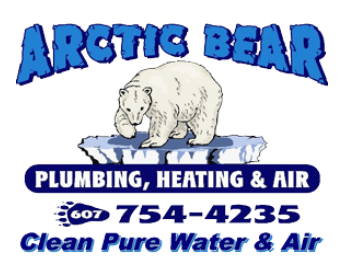
Arctic Bear Heating & Air Inc.
Arctic Bear Heating & Air Inc.
Homeowners and business owners alike can depend on us for prompt, quality service and maintenance. We believe in creating long-lasting relationships with our customers, that is why our Technicians will give you an Up-Front Price, before beginning the repairs. We feel it is important to treat your home as if it were our own, call us today and see for yourself!
"Excellent job at a very reasonable price"
Michael I on October 2020
Homeowners and business owners alike can depend on us for prompt, quality service and maintenance. We believe in creating long-lasting relationships with our customers, that is why our Technicians will give you an Up-Front Price, before beginning the repairs. We feel it is important to treat your home as if it were our own, call us today and see for yourself!
"Excellent job at a very reasonable price"
Michael I on October 2020
Chimney Solutions
Chimney Solutions
Welcome to Chimney Solutions NY Inc. NY Inc., where for more than 25 years we’ve provided satisfied customers with expert chimney sweeping and and cleaning services at fair and competitive rates. In addition to the thorough inspection and cleaning of oil–, wood–, and gas–burning chimneys, we specialize in the prevention, detection, and correction of chimney system hazards—the kinds of hazards that can endanger the health and safety of your family and home. We use the latest tools and technology to ensure that your chimney system is operating at optimal levels. All of our technicians are up to date on NFPA standards and state and local codes, and ready to address the particular needs of your home. We provide comprehensive, reliable services that have stood the test of time. 2 Employees. Uses Subs For Various Aspects Of Job. Cost Is Determined By The Job. Travel Charge May Apply. Service Charge May Apply. Additional Phone: (866) 607-2446 .
"They did a great job and I would definitely hire them again."
Aris S on November 2018
Welcome to Chimney Solutions NY Inc. NY Inc., where for more than 25 years we’ve provided satisfied customers with expert chimney sweeping and and cleaning services at fair and competitive rates. In addition to the thorough inspection and cleaning of oil–, wood–, and gas–burning chimneys, we specialize in the prevention, detection, and correction of chimney system hazards—the kinds of hazards that can endanger the health and safety of your family and home. We use the latest tools and technology to ensure that your chimney system is operating at optimal levels. All of our technicians are up to date on NFPA standards and state and local codes, and ready to address the particular needs of your home. We provide comprehensive, reliable services that have stood the test of time. 2 Employees. Uses Subs For Various Aspects Of Job. Cost Is Determined By The Job. Travel Charge May Apply. Service Charge May Apply. Additional Phone: (866) 607-2446 .
"They did a great job and I would definitely hire them again."
Aris S on November 2018

Gunner Roofing
Gunner Roofing
Gunner Roofing knows your home is everything. That’s why Gunner was founded with one clear mission: to bring your home improvement project to life with exceptional quality, a personalized experience, and innovative tech to make your project easier than ever. We’re the first roofing company to service nationally as well as the first to offer accurate online quotes in under an hour meaning no more hours on the phone or juggling appointments to meet a dodgy contractor. Gunner is here to make it easy for you - we even help you navigate financing your project through Wells Fargo and assist with permitting. We’re proud to be your go-to roofing, siding, windows, and gutter installer, working with only the industry’s most trusted suppliers like Andersen Windows, Brava Roof Tile, GAF, and James Hardie. Whether you want to upgrade your home’s exterior or ensure your house will protect your family through the next storm, Gunner is excited to work with you as your trusted partner. Skeptical? We get it, this is no small decision. Check out our hundreds of 5-star reviews on google and find us on Inc. 5000 Fastest Growing Companies List, Fast Company’s Most Innovative Companies List, Good Housekeeping Home Reno Award Winners Page, Architectural Digest and more! If you’re curious about how much your project would cost, get your free roofing quote at https://www.gunnerroofing.com/ today - no commitment necessary.
"I am sure that all positive reviews for this company are fake. Nothing that was promised to me was delivered. My siding project is still ongoing for over 1 month. Was told that it would be done in week. Had one rain day. They have system like this: 1) sales person who never installed anything he will promise you things that obviously are not true, 2) crew that is subcontracted but not Gunner, mine was driving for over 2 hours away, 3) person who oversees the project but has little control over anything, no supply, doesn't know the crew, crew does not listen to him, main office does not listen to him, 4) main office does not reply to you. They just tell me to talk to project manager who has no control. So you understand that if there are any issue you are on your own. Quality or work is not good. Many times I had to point to the crew what's wrong, planks are broken yet they were still installing it, caulking is done they way that I can do it better, they cut wires to awning etc"
Eduard S on September 2025
Gunner Roofing knows your home is everything. That’s why Gunner was founded with one clear mission: to bring your home improvement project to life with exceptional quality, a personalized experience, and innovative tech to make your project easier than ever. We’re the first roofing company to service nationally as well as the first to offer accurate online quotes in under an hour meaning no more hours on the phone or juggling appointments to meet a dodgy contractor. Gunner is here to make it easy for you - we even help you navigate financing your project through Wells Fargo and assist with permitting. We’re proud to be your go-to roofing, siding, windows, and gutter installer, working with only the industry’s most trusted suppliers like Andersen Windows, Brava Roof Tile, GAF, and James Hardie. Whether you want to upgrade your home’s exterior or ensure your house will protect your family through the next storm, Gunner is excited to work with you as your trusted partner. Skeptical? We get it, this is no small decision. Check out our hundreds of 5-star reviews on google and find us on Inc. 5000 Fastest Growing Companies List, Fast Company’s Most Innovative Companies List, Good Housekeeping Home Reno Award Winners Page, Architectural Digest and more! If you’re curious about how much your project would cost, get your free roofing quote at https://www.gunnerroofing.com/ today - no commitment necessary.
"I am sure that all positive reviews for this company are fake. Nothing that was promised to me was delivered. My siding project is still ongoing for over 1 month. Was told that it would be done in week. Had one rain day. They have system like this: 1) sales person who never installed anything he will promise you things that obviously are not true, 2) crew that is subcontracted but not Gunner, mine was driving for over 2 hours away, 3) person who oversees the project but has little control over anything, no supply, doesn't know the crew, crew does not listen to him, main office does not listen to him, 4) main office does not reply to you. They just tell me to talk to project manager who has no control. So you understand that if there are any issue you are on your own. Quality or work is not good. Many times I had to point to the crew what's wrong, planks are broken yet they were still installing it, caulking is done they way that I can do it better, they cut wires to awning etc"
Eduard S on September 2025
Peranich & Shelp Construction Inc
Peranich & Shelp Construction Inc
Additional contact names - Mike Peranich, Sharon Stento.
"I just closed on my house at the end of October and it needed chimney sealing. Other contractors promised to take the job on and then did not deliver. One contractor even told me it didn't need work without even going up on the roof. This company was also busy but came out and got the job done within a week or so of my call. The price was also most reasonable. You are my roofers for life Mike Peranich. Thank you for fitting me in. I was so worried that the roof was going to leak and cause damage this winter. Such a relief to have it done. Thank you again. Anne C."
Anne C on November 2020
Additional contact names - Mike Peranich, Sharon Stento.
"I just closed on my house at the end of October and it needed chimney sealing. Other contractors promised to take the job on and then did not deliver. One contractor even told me it didn't need work without even going up on the roof. This company was also busy but came out and got the job done within a week or so of my call. The price was also most reasonable. You are my roofers for life Mike Peranich. Thank you for fitting me in. I was so worried that the roof was going to leak and cause damage this winter. Such a relief to have it done. Thank you again. Anne C."
Anne C on November 2020
BODEK INC.
BODEK INC.
We are your Greater Binghamton locally owned and operated company servicing all of your plumbing, heating, air conditioning, septic and excavating needs in Broome, Tioga, Susquehanna, Chenango, Delaware and Bradford counties. Our technicians will arrive on time, properly repair and install your equipment, explain our work, and clean up before we leave. Not only are we thorough and knowledgable, but we're congenial taboot! Visit us at www.bodekinc.com for money-saving coupons!
"Everything came out great! As it should."
Chris B on October 2019
We are your Greater Binghamton locally owned and operated company servicing all of your plumbing, heating, air conditioning, septic and excavating needs in Broome, Tioga, Susquehanna, Chenango, Delaware and Bradford counties. Our technicians will arrive on time, properly repair and install your equipment, explain our work, and clean up before we leave. Not only are we thorough and knowledgable, but we're congenial taboot! Visit us at www.bodekinc.com for money-saving coupons!
"Everything came out great! As it should."
Chris B on October 2019
Bakers Plumbing & Heating
Bakers Plumbing & Heating
Owner operated company in business for over 20 years with a staff of 4 plumbing and heating service technicians. On call weekend and after hours emergency services available.
"I'm so happy with the service and pricing I got from Bakers Plumbing and Heating. It's a family-owned business but they have several crews dedicated to each of their services, so the furnace crew put in our new furnace quickly and professionally. But it's run like a small family business where you're likely to talk to the owner and he wants to make sure you're happy with the work. Can't recommend them highly enough."
Nancy M on January 2023
Owner operated company in business for over 20 years with a staff of 4 plumbing and heating service technicians. On call weekend and after hours emergency services available.
"I'm so happy with the service and pricing I got from Bakers Plumbing and Heating. It's a family-owned business but they have several crews dedicated to each of their services, so the furnace crew put in our new furnace quickly and professionally. But it's run like a small family business where you're likely to talk to the owner and he wants to make sure you're happy with the work. Can't recommend them highly enough."
Nancy M on January 2023
The homeowners guide to home care is here
From average costs to expert advice, get all the answers you need to get your job done.

The cost to install a C-wire ranges based on materials and labor, but it only takes an hour or two. Here’s a guide on the project costs to expect.

The cost of a whole-house surge protector depends on the materials, size, installation, and more. This guide will help you budget for a new surge protector.

The average cost to replace an electrical mast is around $750, depending on the size and extent of the replacement. Read on to budget for a meter riser.

Flickering lights and breaker trips can be a sign that it’s time to replace a circuit breaker. Find out the cost, safety tips, and how to replace a circuit breaker.

Grounded circuits are happy (and safe) circuits, but what if you live in an older home with pre-grounded receptacles? Here are ways to ground without a wire.

Ready to upgrade your front door and learn how to wire a doorbell? You may be able to handle this relatively simple DIY installation without an electrician.
- Kirkwood, NY Gas log pros
- Binghamton, NY Gas log pros
- Port Dickinson, NY Gas log pros
- Great Bend, PA Gas log pros
- Dickinson, NY Gas log pros
- Johnson City, NY Gas log pros
- Hallstead, PA Gas log pros
- Fenton, NY Gas log pros
- Port Crane, NY Gas log pros
- Windsor, NY Gas log pros
- Harpursville, NY Gas log pros
- Brackney, PA Gas log pros
- Colesville, NY Gas log pros
- Vestal, NY Gas log pros
- Castle Creek, NY Gas log pros
- Endwell, NY Gas log pros
- Endicott, NY Gas log pros
- Chenango Forks, NY Gas log pros
- Susquehanna Depot, PA Gas log pros
- Susquehanna, PA Gas log pros
- New Milford, PA Gas log pros
- Maine, NY Gas log pros
- Chenango, NY Gas log pros
- Apalachin, NY Gas log pros
- Montrose, PA Gas log pros
- Jackson, PA Gas log pros
- Coventry, NY Gas log pros
- Triangle, NY Gas log pros
- Deposit, NY Gas log pros
- Tompkins, NY Gas log pros
